 Abraham Lincoln
If given the truth, the people can be depended upon to meet any national crisis...
Abraham Lincoln
If given the truth, the people can be depended upon to meet any national crisis...
 Guildford news...
for Guildford people, brought to you by Guildford reporters - Guildford's own news service
Guildford news...
for Guildford people, brought to you by Guildford reporters - Guildford's own news service
Birdwatcher’s Diary No.130
Published on: 6 Mar, 2017
Updated on: 6 Mar, 2017
By Malcolm Fincham
On an overcast February 19, in the company of two of my good friends Bob and Dougal, we attempted to get a sighting of the lesser spotted woodpecker we saw last year at Witley Common.
These birds are among many that have declined considerably in the UK. Their numbers have dropped by over 70%, since the 1970s. Reasons for which are still unclear.
In spite of a long search, and listening for its call in the areas we had seen it last year, this time we were not successful. The lesser spotted is the smallest of our woodpeckers, similar in size to the house sparrow. Sadly, it seems, the ‘lesser spot’ appears to be lessening, even in Surrey too!
Another bird that seems to be in short supply is the lesser redpoll. It is usually seen around our part of Surrey this time of the year. These birds do fluctuate in numbers from year to year. While walking on Witley Common we saw our first flock so far this year (about 30 birds) and fewer than usual.
Apart from the more common species on the common, we did pick out a Dartford warbler as it sang from the top of a small shrub. While close by a pair of stonechats could be viewed.
On February 20, while on my ‘travels’ around villages south of Guildford, I added my third species of butterfly to my 2017 list of sightings. But I was unable to take any photos. These were three brimstones, which I saw in the space of just a few hours, making a rare and early appearance on what was one of the month’s few sunny days. I had previously seen a peacock and a red admiral earlier in the month.
Small groups of hesitant wintering redwings continued to feed around the countryside in fields and hedgerows.
An absence of decent weather and a heavy work schedule, forestalled any more adventures until the following weekend, apart from a brief visit to Cutt Mill, Puttenham. This was in the hope of sighting the goosanders that had been reported there.
Despite no personal fortune of seeing them, I was, however, able to witness a female kingfisher perched on a tree that had fallen across the water in some recent strong winds.
Also picking out a treecreeper by the lakeside as it worked its way up from tree to tree, close by.
On February 26, we made a return to Staines Reservoir in hope of adding a few more sightings to our year list.
Situated close to Heathrow Airport and once in the now defunct county of Middlesex, it has now been adopted by Surrey and officially part of Staines upon Thames.
Overcast and breezy on our arrival there, the water was far from the ‘millpond’ condition it was on our previous visit in January.
Plenty of wintering wigeon could still be viewed.
As well as shovellers and pairs of gadwall.
Along the causeway that divides the north and south basin a small group of linnets had gathered.
A little way out across the south basin, despite the ‘choppy’ water, we soon picked out our target species. Five black-necked grebes, surprising to us, as they had huddled up in close proximity of each other and not too far away.
Hoping for a brief spell of sunshine to get some better photos, I was disappointed when a break in the clouds eventually arrived. This reminded me of the common problem of looking across the south basin at that time of day. The glare from the sun across the water only hindered my pictures of them!
Close to the black-necked grebes was the Slavonian grebe that had also come up on recent reports.
As the month of February drew to a close, I suddenly realised it had past by so rapidly and I hadn’t visited what I claim to be my ‘patch’ – the Riverside Nature Reserve.
Having neglected my visits, I decided it was well overdue. So with just a few days remaining before March arrived I went there.
Checking out the weather forecast, I realised I had just a few hours before another spell of rain was due to arrive to spoil my photography. Just enough time to get a few more photos, maybe?
On the flooded area close to Stoke Lock a flock of more than 30 black-headed gulls glided around over the scrape, then descended on to the water.
Now varying in different phases of colour, they had begun to change into their summer plumage.
By Stoke Lock a pair of Egyptian geese loitered, not looking too bothered by my presence.
While a sneak peak over the sewage works gave close views of a multitude of birds feeding on the filter beds, mostly starlings, and with them plenty of pied wagtails.
Also counting a dozen, or more, grey wagtails.
Just beyond the lock a small group of noisy siskins could be heard. Looking up to the tops of the alders just across the river, I spotted them in dull light as they fed on seed cones, managing to get a sight of their, streaky, yellow colour. I even managed a few record shots.
Along the boardwalk leading to Stoke Lake, close to view, were a pair of teal, the drake looking very colourful, despite the lack of sunshine.
While the female, sitting close by him, seemed to have plenty to say.
Looking further out across the flooded area that surrounded, several other small groups of teal could be seen among the tufts of long grass.
Several redwings, not yet ready to return to their Scandinavian homes, could be seen, with some now feeding on ivy berries.
Arriving at the lakeside, I counted more than 20 tufted ducks. The drakes’ tufts showing well in the breeze that blew across the water.
On the tern raft a cormorant took advantage of the currents of air, to dry out its wings.
Taken by surprise, I spotted a pair of little grebes (or dabchicks as I prefer to call them).
This pair were surprisingly close, at least until they spotted me watching them. Trying not to make it too obvious that they had seen me, one of them took ‘lazy’, short flight to catch up with its pal as they made their way to the shelter of the reed beds.
Several chiffchaffs could be picked out, flitting around the sallows and hawthorn that lined the footpath either side of the lake. In a brief spell of sunshine, one even started to sing its name, to my ears, for the first time this year.
While another came into my view near by, allowing me some close-up pictures of it.
As I started to make my return I was attracted back across the boardwalk by the sound of a reed bunting calling.
While taking a few photos, I was alerted to another slightly smaller bird that had flitted across to rest on one of the railings on the boardwalk.
Although not a regular sighting there, it was a stonechat, a male to be precise. Following it along the boardwalk, it stayed reasonably close to view, even posing on top of one of the benches.
Eventually he lead me to his female partner, a short way out across the flooded surroundings and perched on a bulrush.
Content with my sighting, I made my way back.
Looking up as I arrived back at Stoke Lock, a sparrowhawk circled briefly over the sewage beds. No doubt, it hadn’t overlooked the birds I had seen earlier, as they fed on the filter beds.
On this occasion it made no more than an observation of them, possibly embarrassed in the knowledge I was taking photos of it, then it glided off and out of sight.
Much higher in the sky there I caught sight of a little egret drifting north.
Although February’s weather wasn’t good for photography overall, there were a few hopeful signs that spring wasn’t too far away.
Daylight hours now lengthening seemed to inspire more birds to start singing around the countryside, even the occasional fluty sound of a blackbird could now be heard.
Even in my semi-urban garden the sound of goldfinches and blue tits could be heard singing.
One afternoon, having not yet turned the page of my calender to March, a singing blue tit took my interest as it spent a while ‘checking out’ one of my garden nest boxes.
While a pair of starlings that nest in the eaves of a house just a few doors away each year, had already started to mate.
With the content male seen singing from the rooftops.
Responses to Birdwatcher’s Diary No.130
Leave a Comment Cancel replyPlease see our comments policy. All comments are moderated and may take time to appear.
Recent Articles
- Guildford Institute’s Crowdfunding Project for Accessible Toilet in its New Community and Wellbeing Centre
- Letter: Guildford – Another Opportunity Missed?
- Letter: GBC’s Corporate Strategy – Where Is the Ambition?
- My Memories of John Mayall at a Ground-breaking Gig in Guildford Nearly Six Decades Ago
- Westborough HMO Plans ‘Losing the Heart of the Street’ Says Resident
- College Invests to Boost Surrey’s Economy and Close Digital Skills Gap
- Community Lottery Brings Big Wins for Local Charities
- GBC Housing Plan Promises ‘A Vibrant Urban Neighbourhood’ Near Town Centre
- Hospital Pillows ‘Shortage’ at the Royal Surrey
- Updated: Caravans Set Up Camp at Ash Manor School


Recent Comments
- Ian Macpherson on Updated: Main Guildford to Godalming Road Closed Until August 1
- Sara Tokunaga on GBC Housing Plan Promises ‘A Vibrant Urban Neighbourhood’ Near Town Centre
- Michael Courtnage on Daily Mail Online Reports Guildford Has Highest-paid Council Officer
- Alan Judge on GBC Housing Plan Promises ‘A Vibrant Urban Neighbourhood’ Near Town Centre
- John Perkins on GBC Housing Plan Promises ‘A Vibrant Urban Neighbourhood’ Near Town Centre
- S Collins on GBC Housing Plan Promises ‘A Vibrant Urban Neighbourhood’ Near Town Centre
Search in Site
Media Gallery
Dragon Interview: Local Artist Leaves Her Mark At One of England’s Most Historic Buildings
January 21, 2023 / No Comment / Read MoreDragon Interview: Lib Dem Planning Chair: ‘Current Policy Doesn’t Work for Local People’
January 19, 2023 / No Comment / Read MoreA3 Tunnel in Guildford ‘Necessary’ for New Homes, Says Guildford’s MP
January 10, 2023 / No Comment / Read More‘Madness’ for London Road Scheme to Go Ahead Against ‘Huge Opposition’, Says SCC Leader
January 6, 2023 / No Comment / Read MoreCouncillor’s Son Starts Campaign for More Consultation on North Street Plan
December 30, 2022 / No Comment / Read MoreCounty Council Climbs Down Over London Road Works – Further ‘Engagement’ Period Announced
December 14, 2022 / No Comment / Read MoreDragon Interview: GBC Reaction to the Government’s Expected Decision to Relax Housing Targets
December 7, 2022 / No Comment / Read MoreHow Can Our Town Centre Businesses Recover? Watch the Shop Front Debate
May 18, 2020 / No Comment / Read More




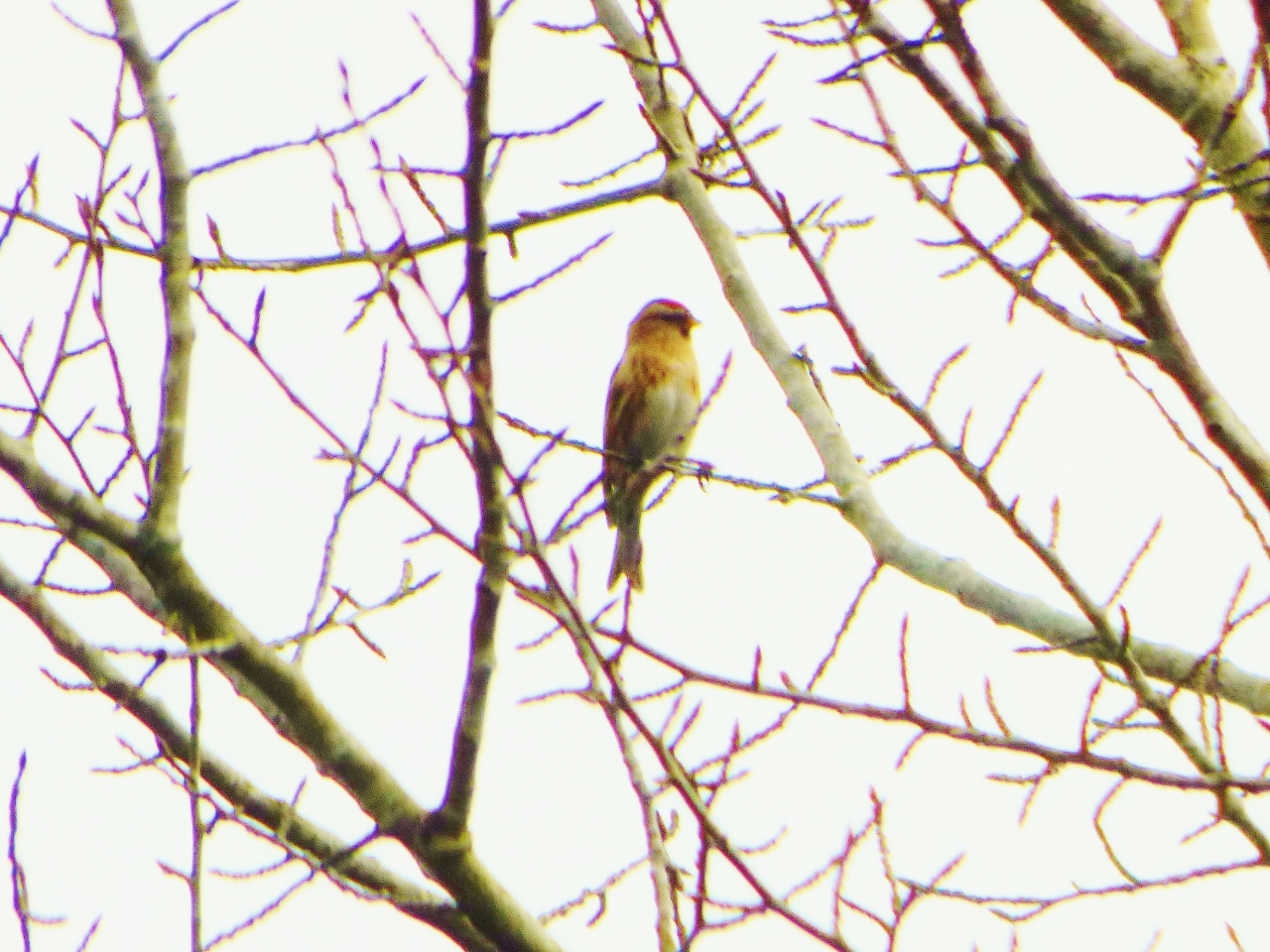
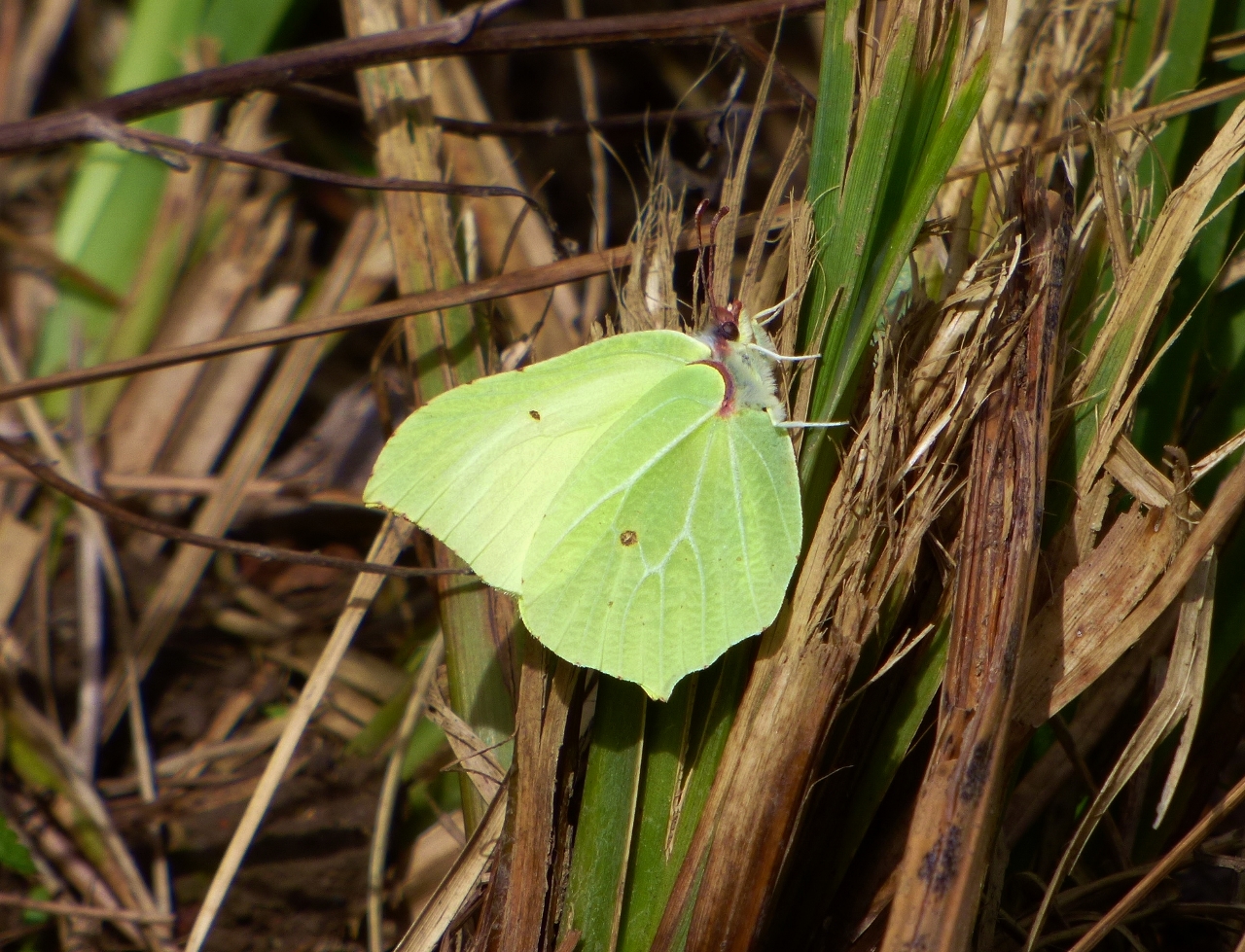
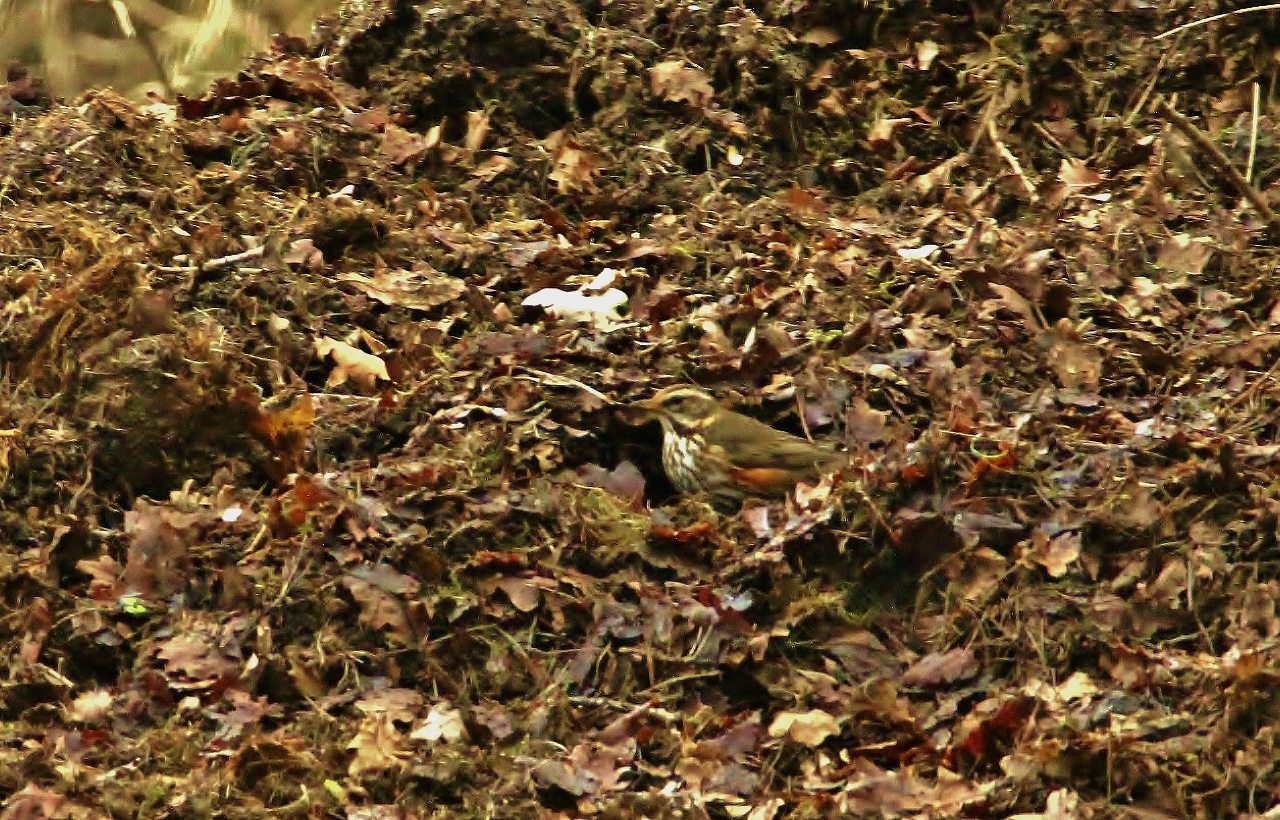


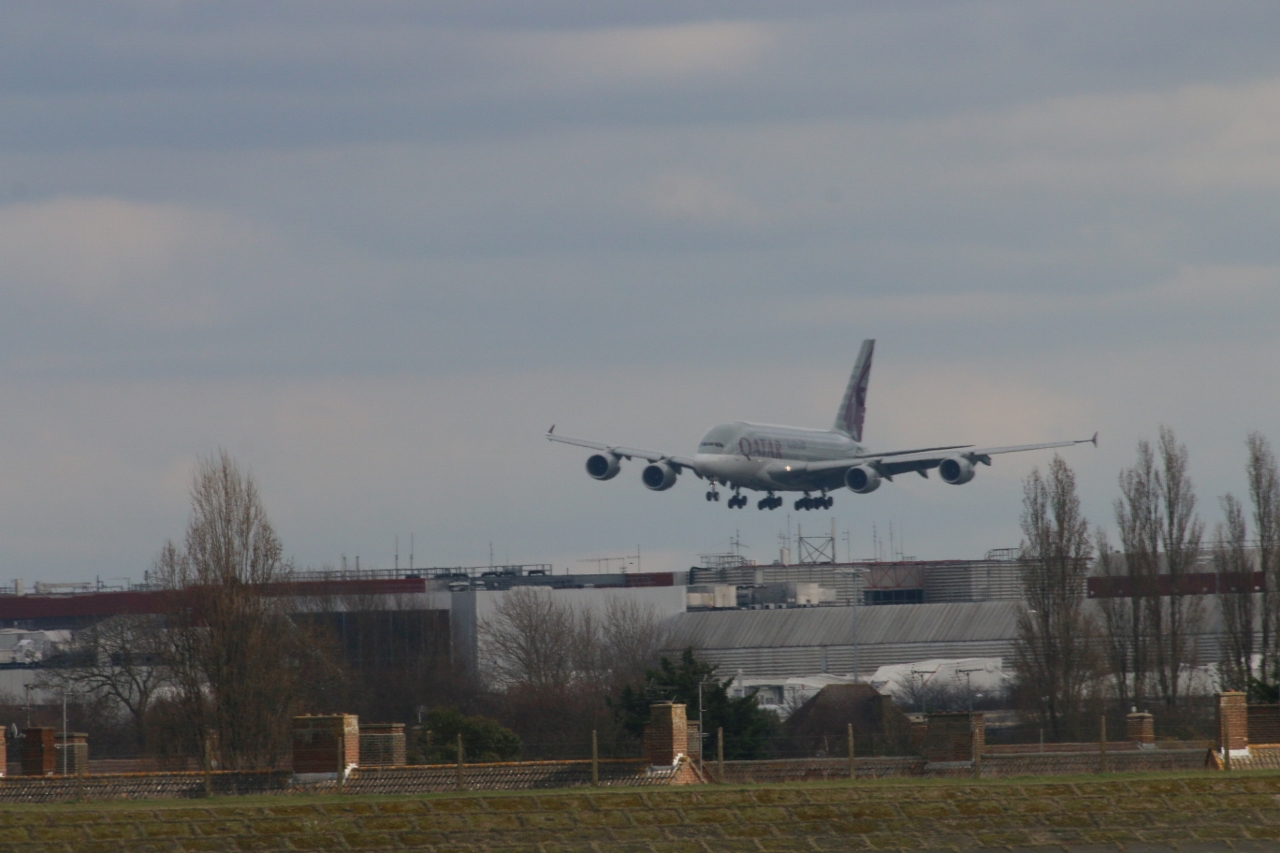
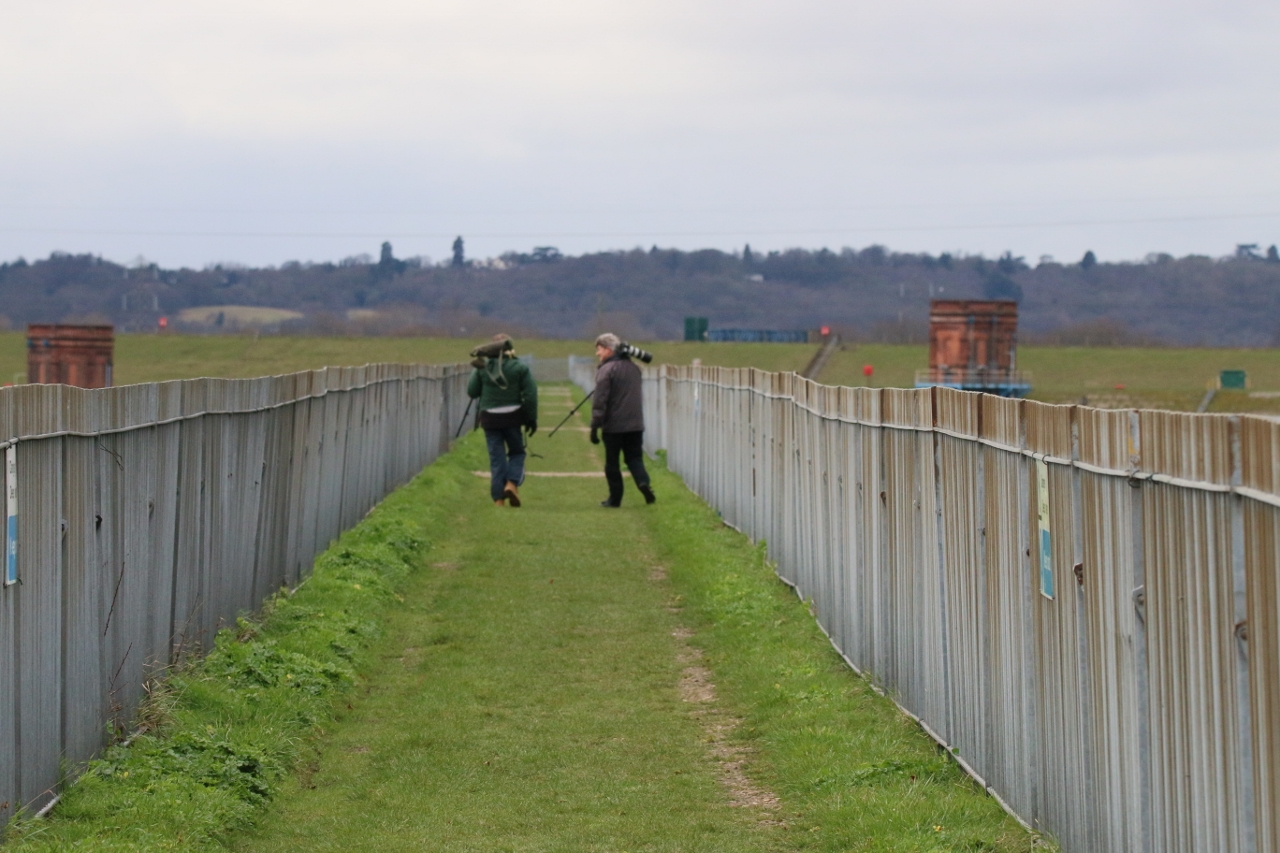
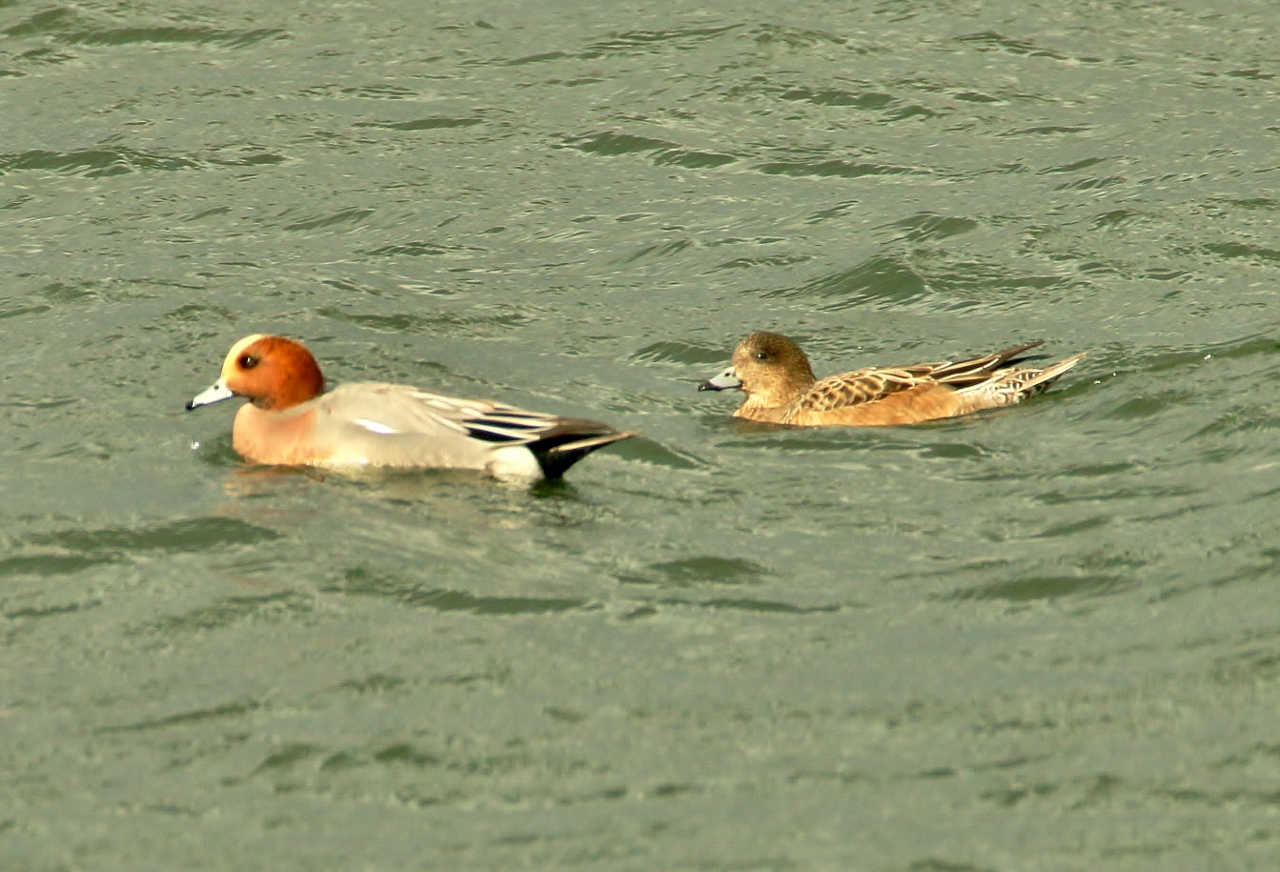
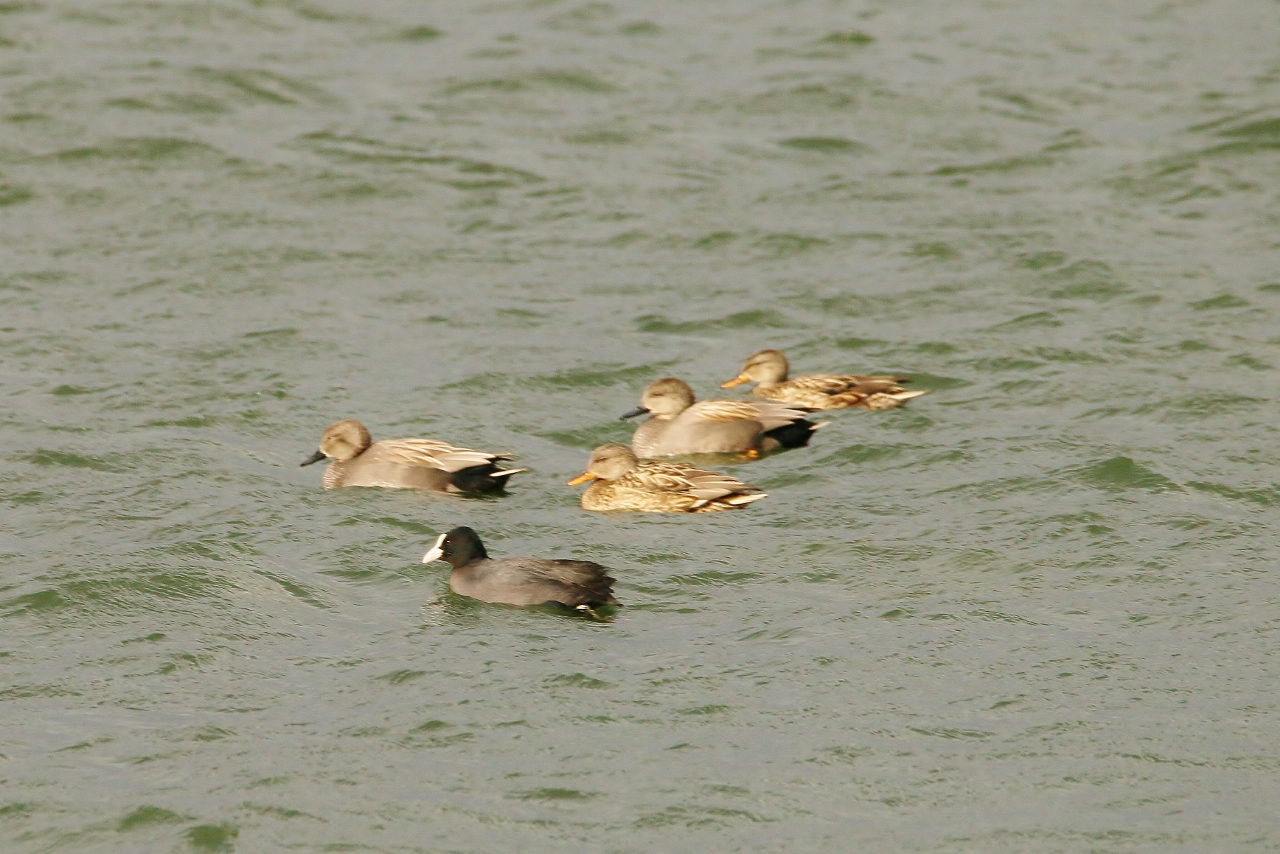
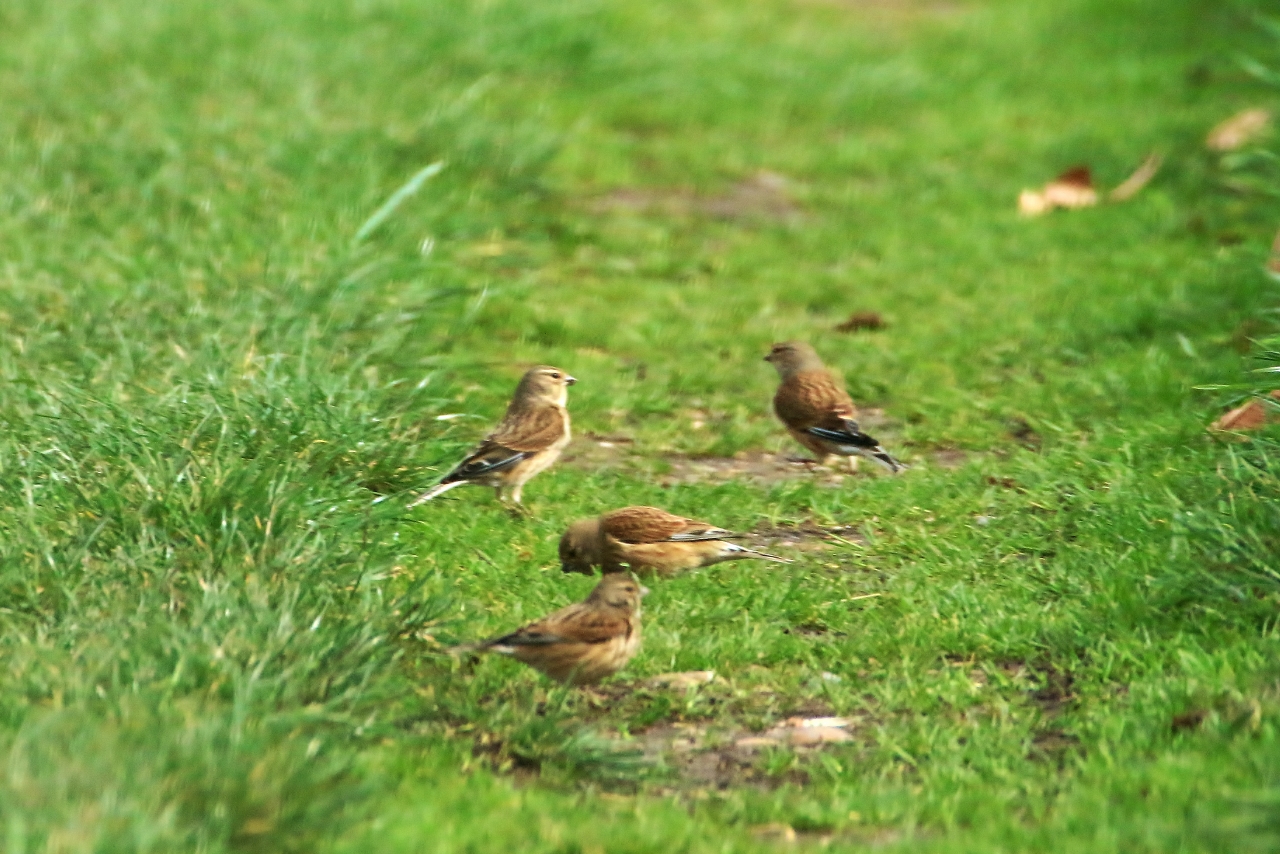

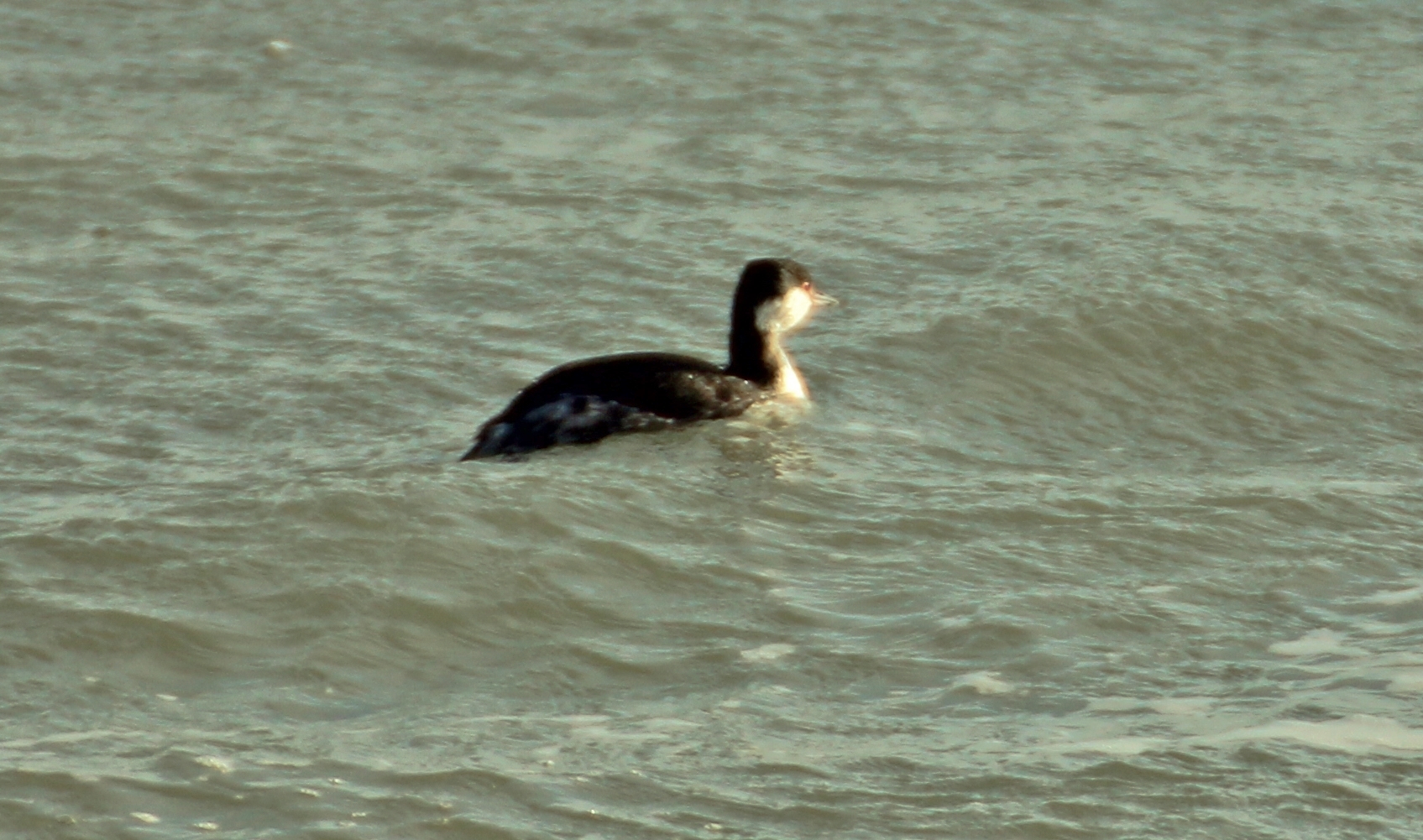
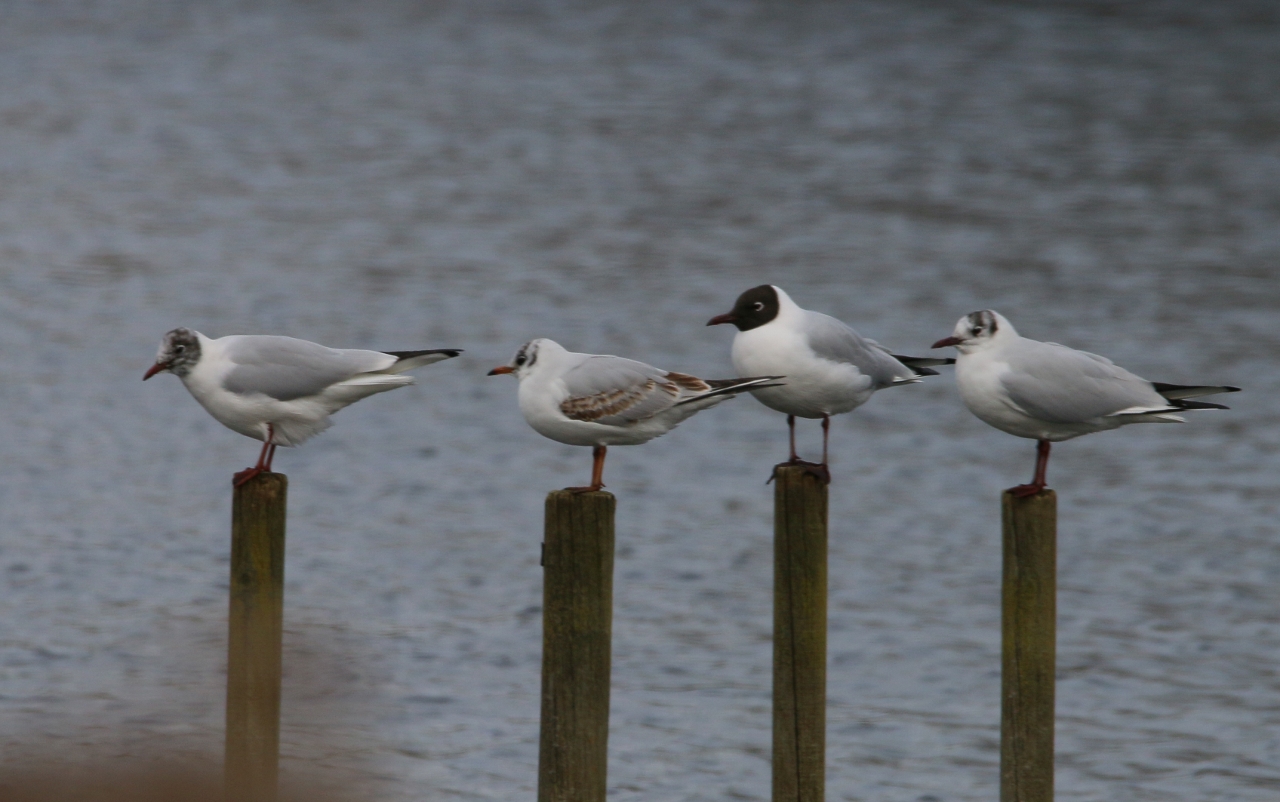
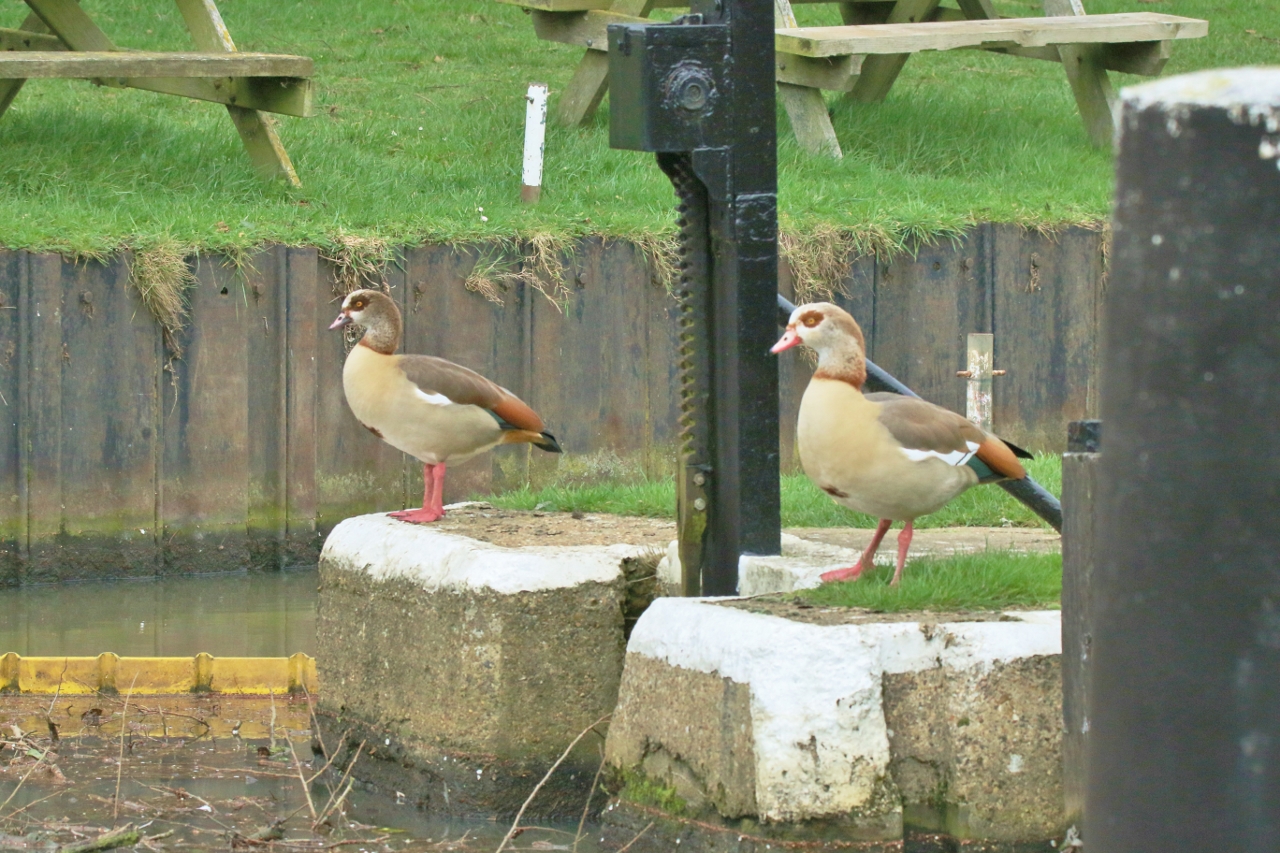

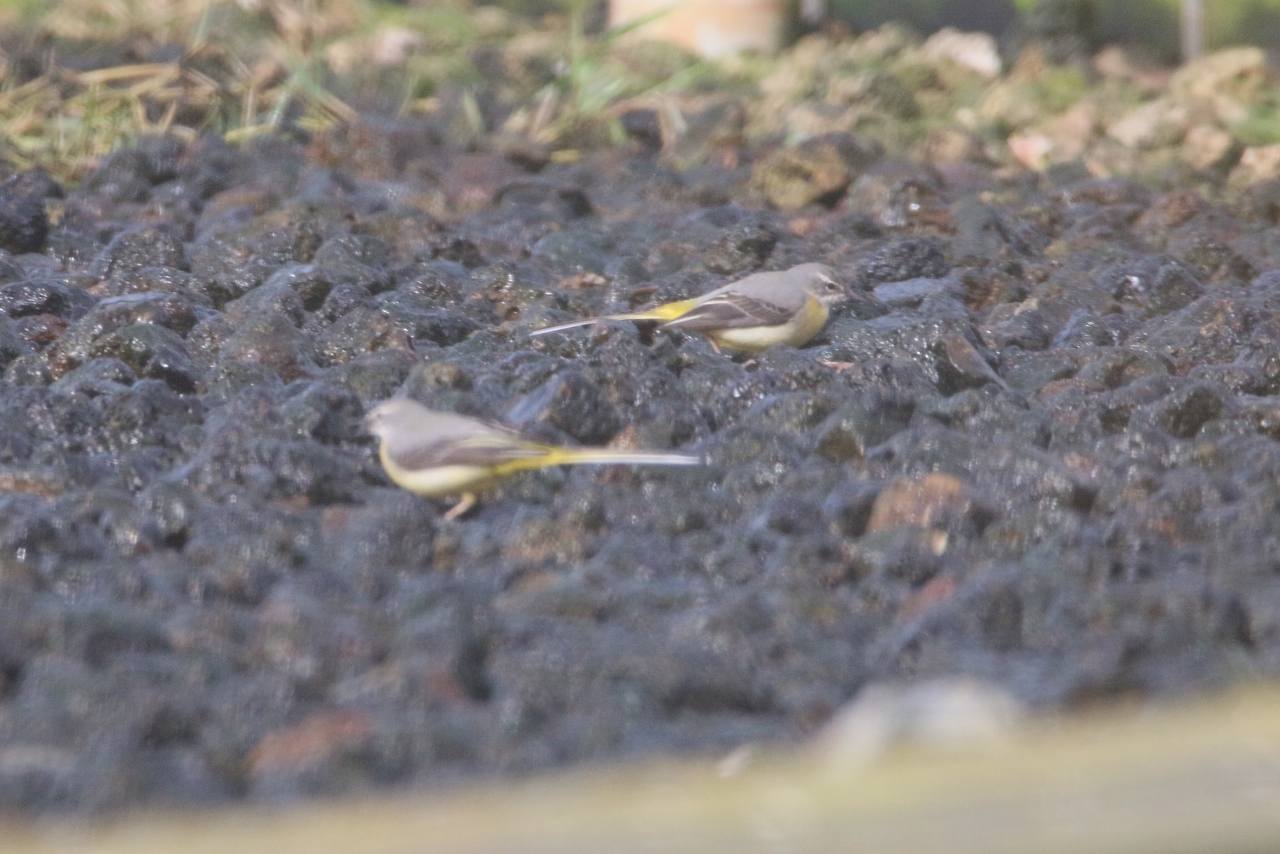
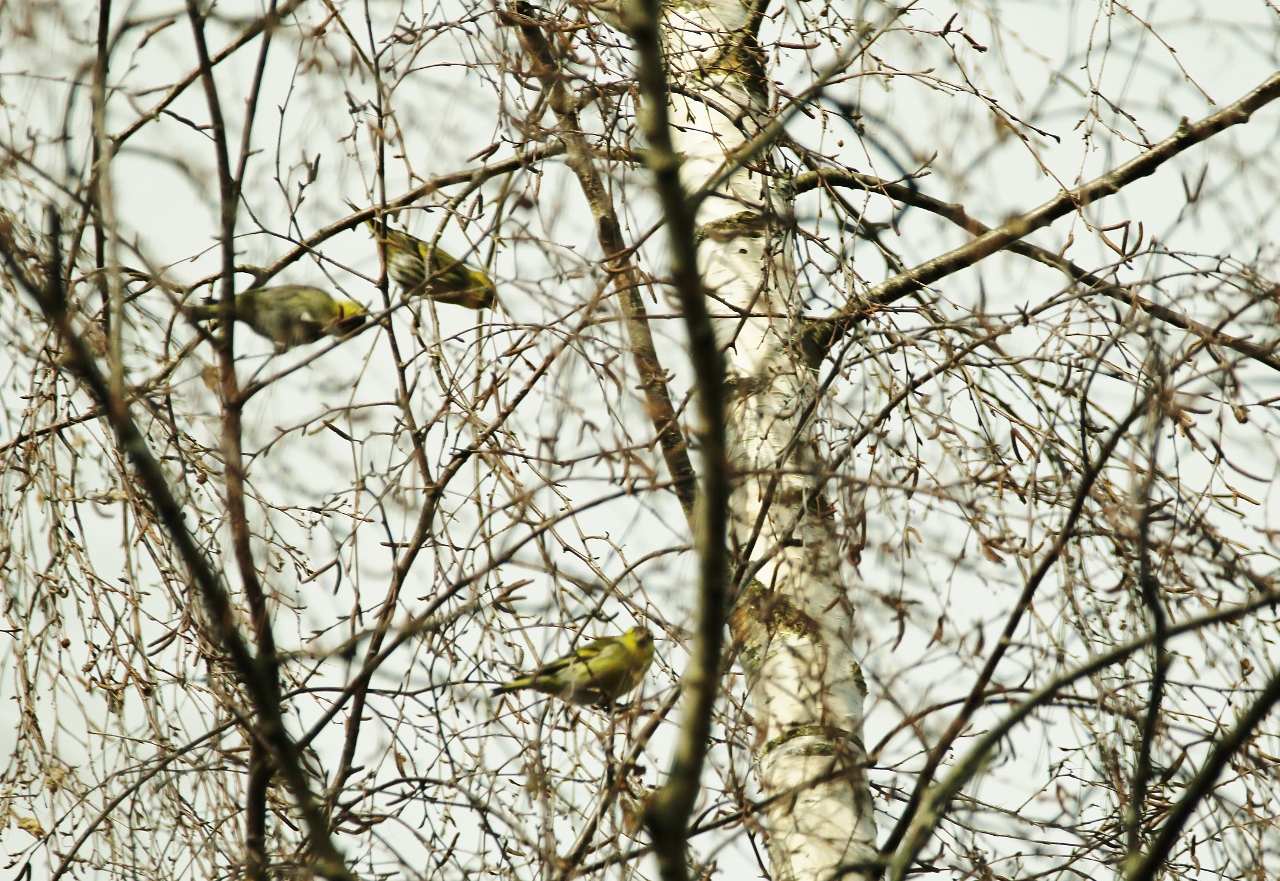

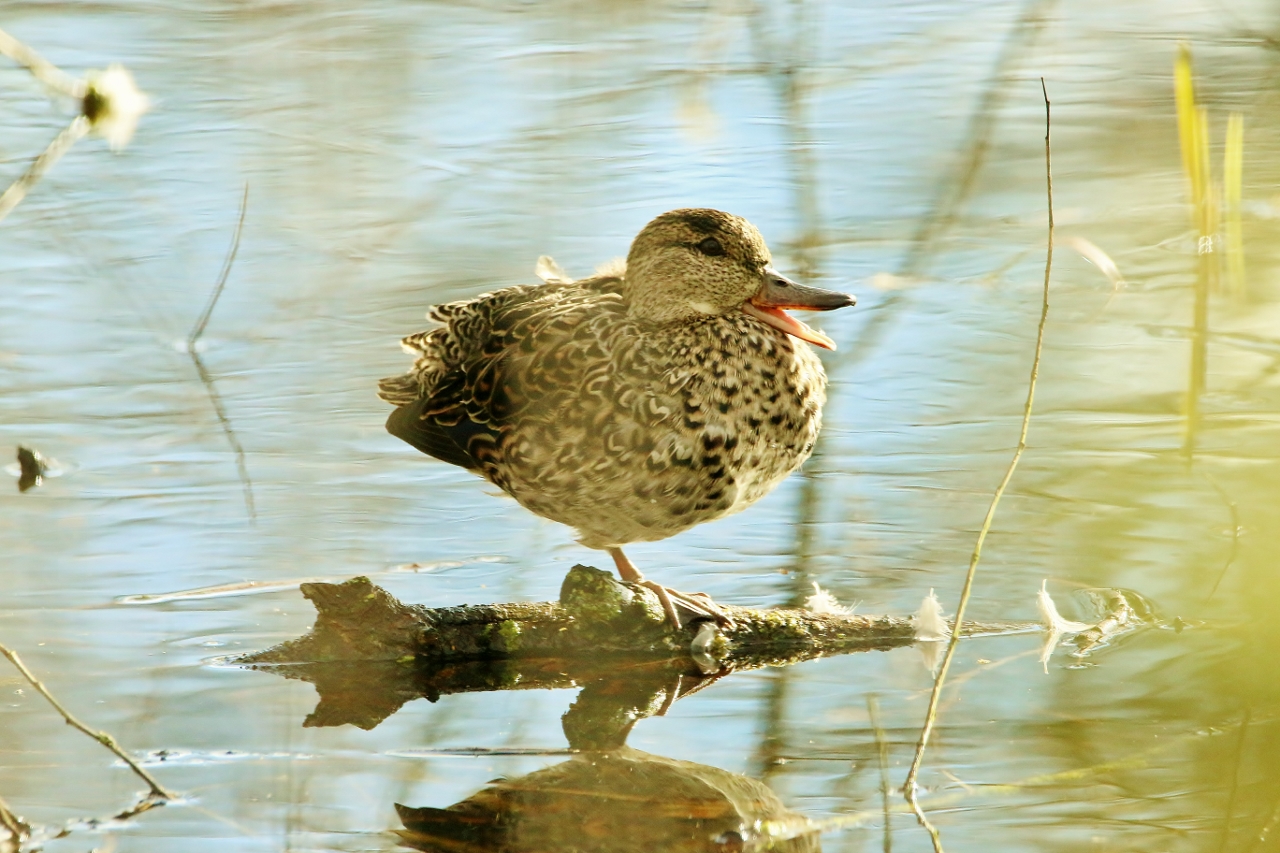

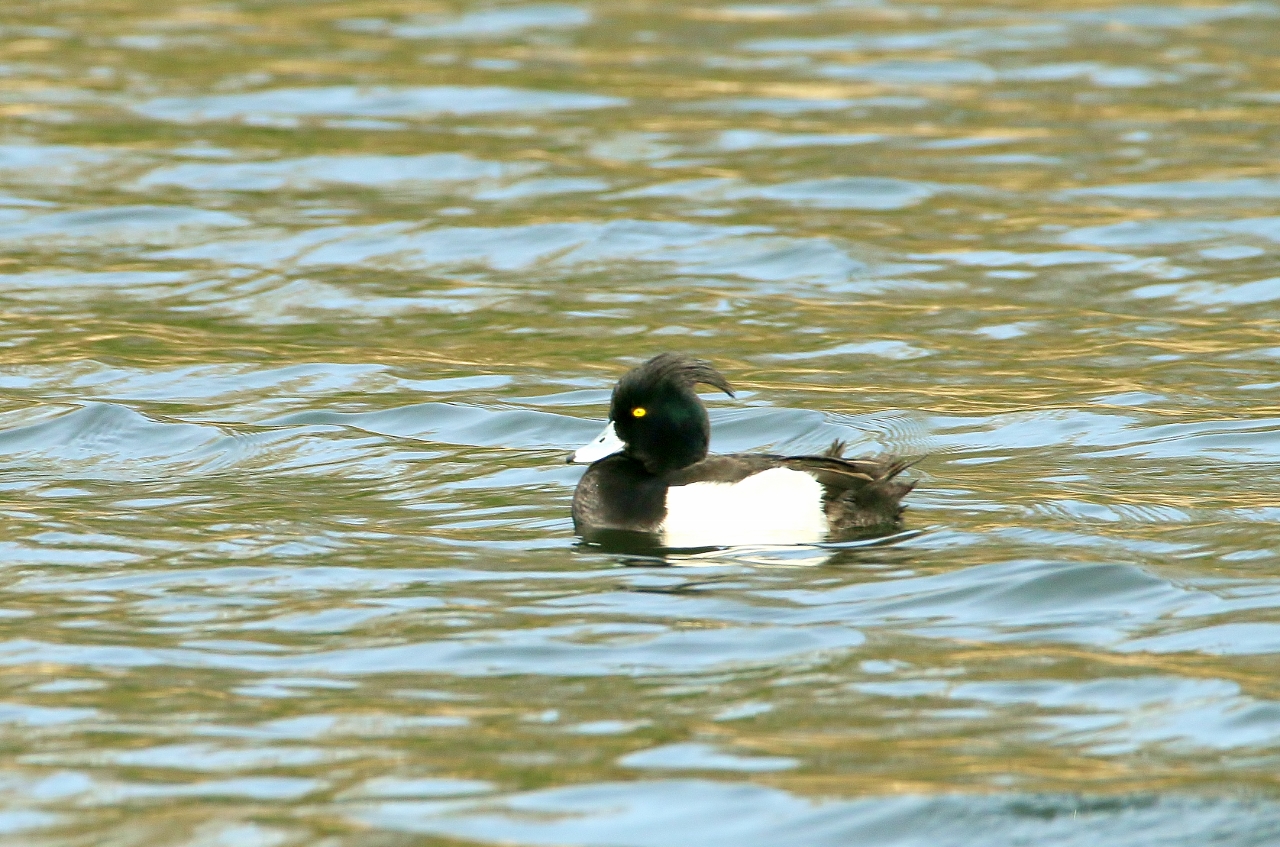

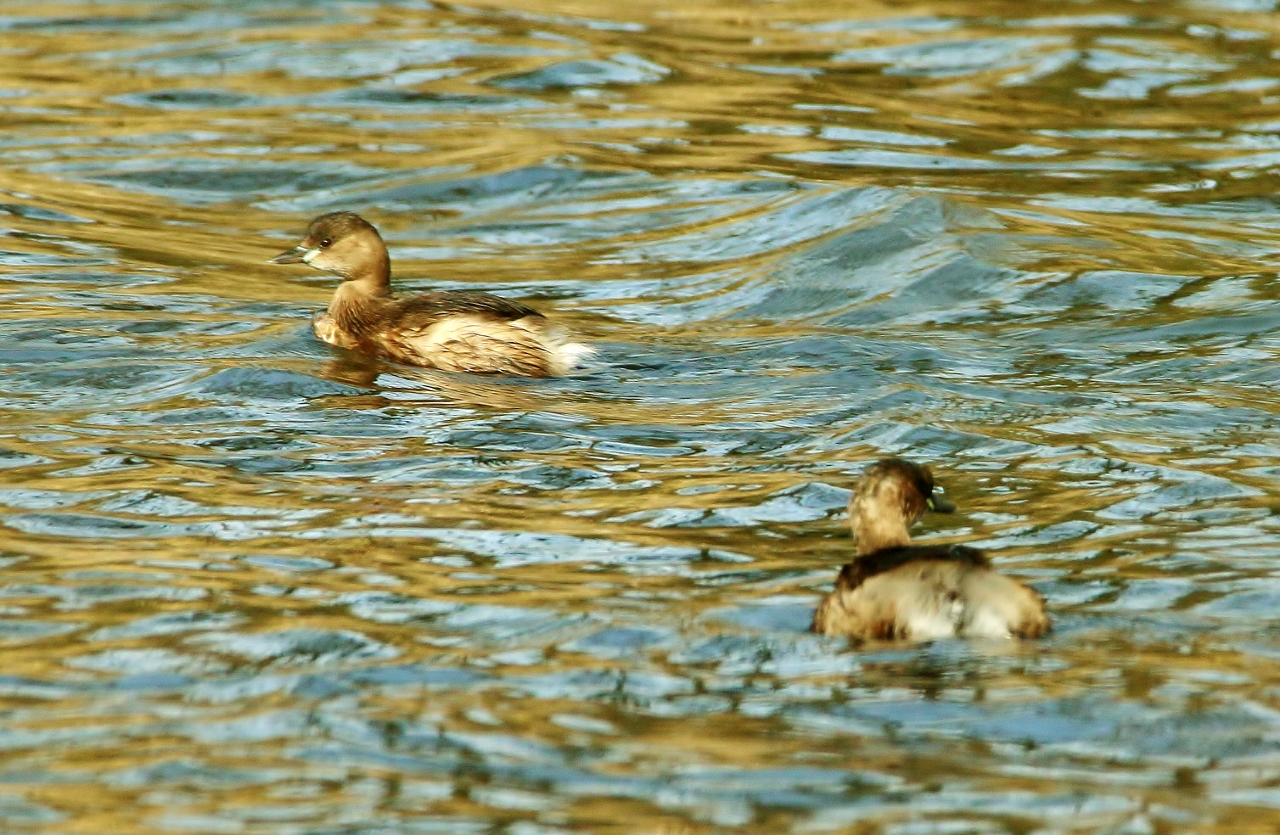


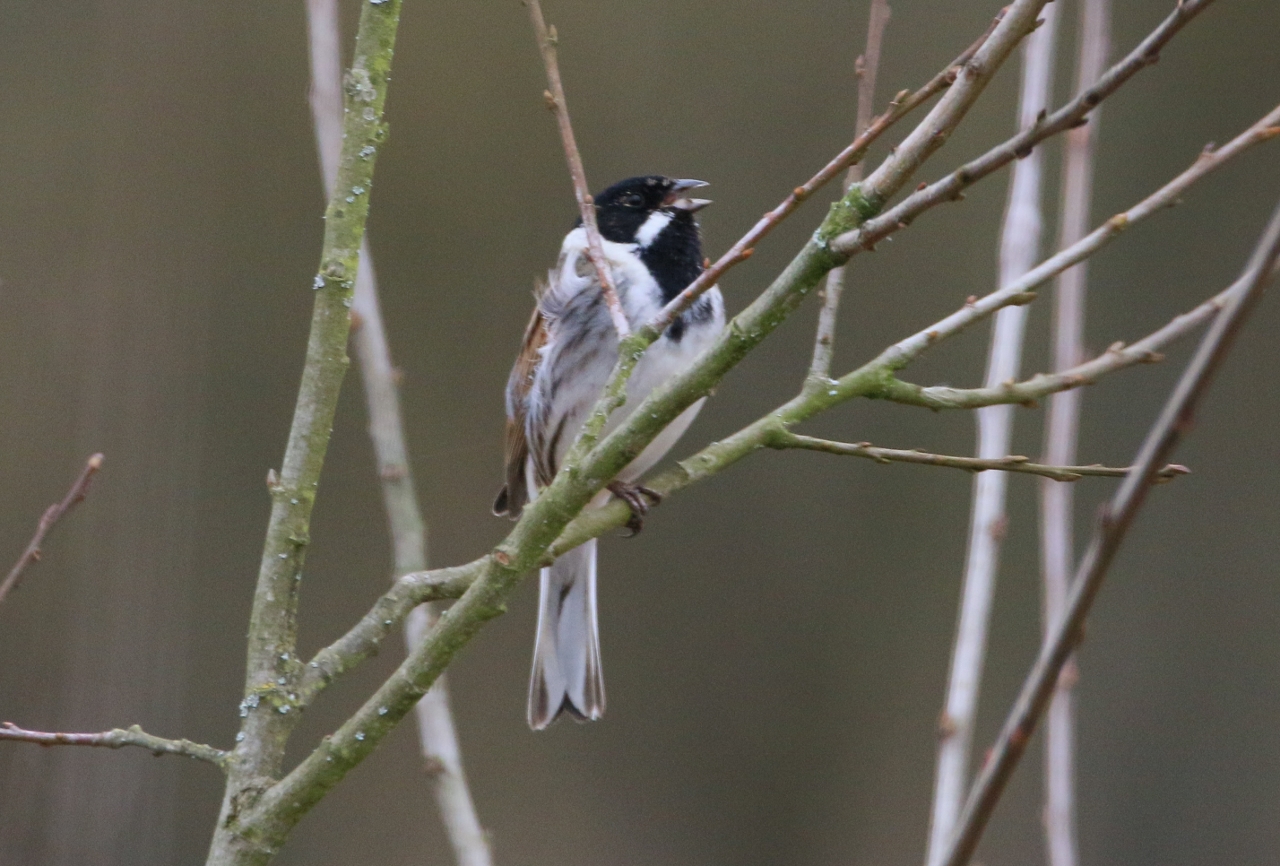

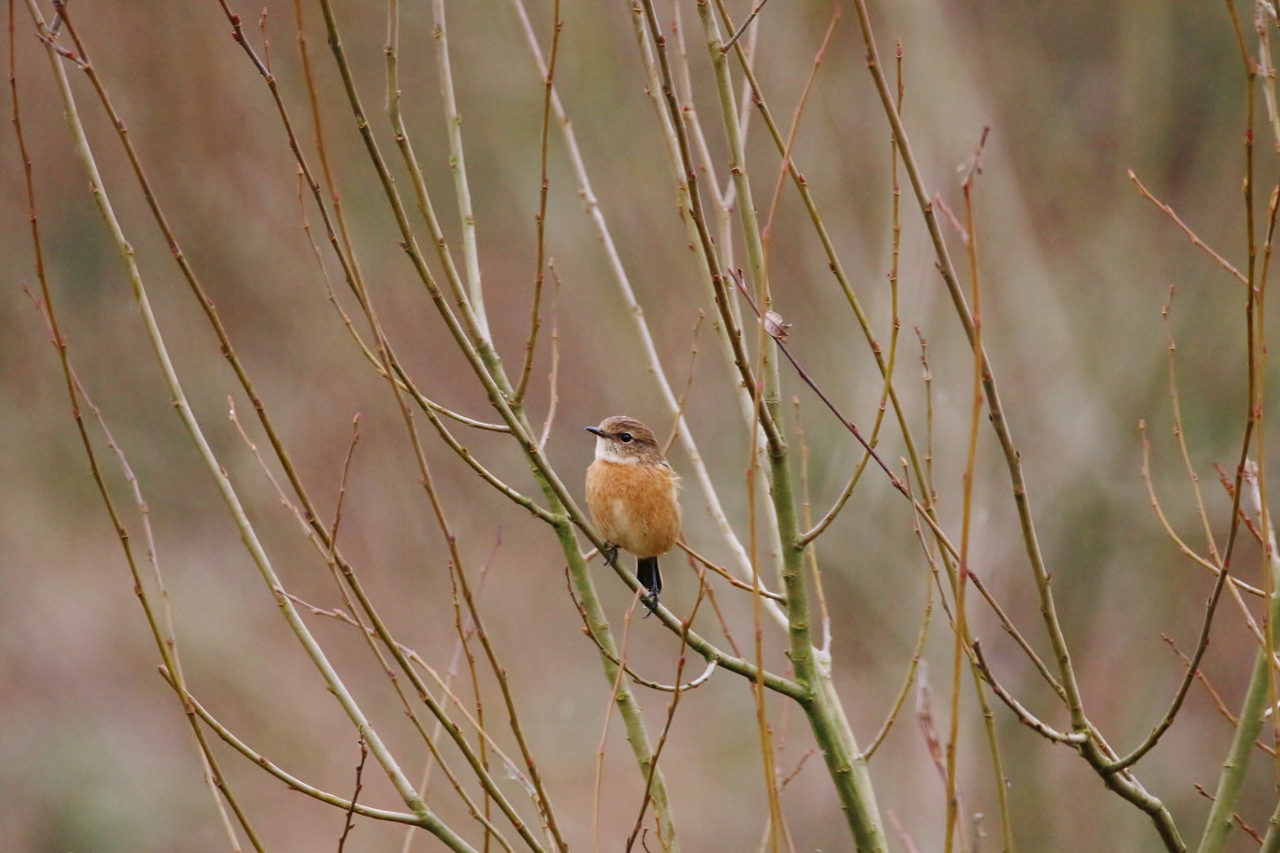


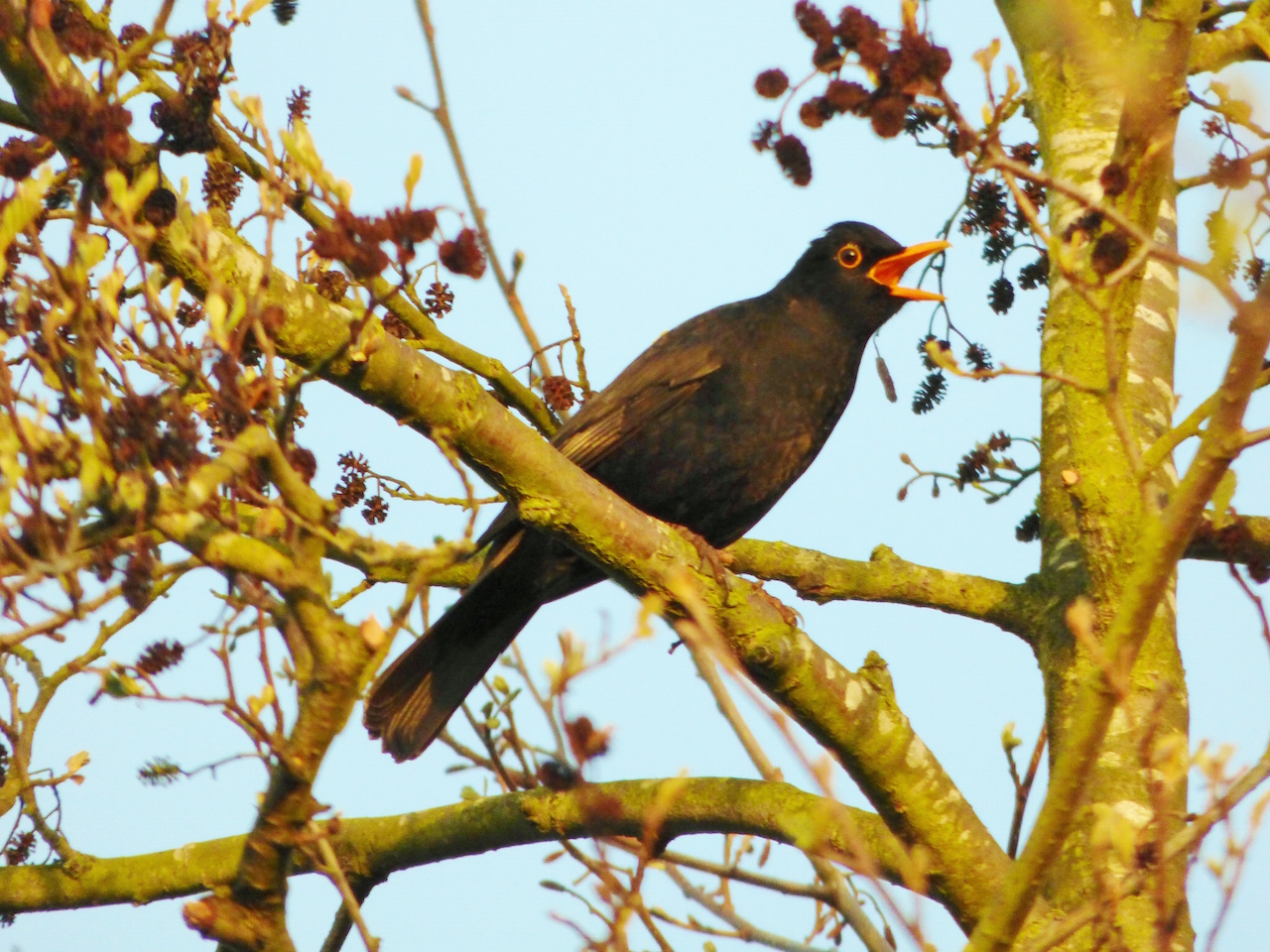



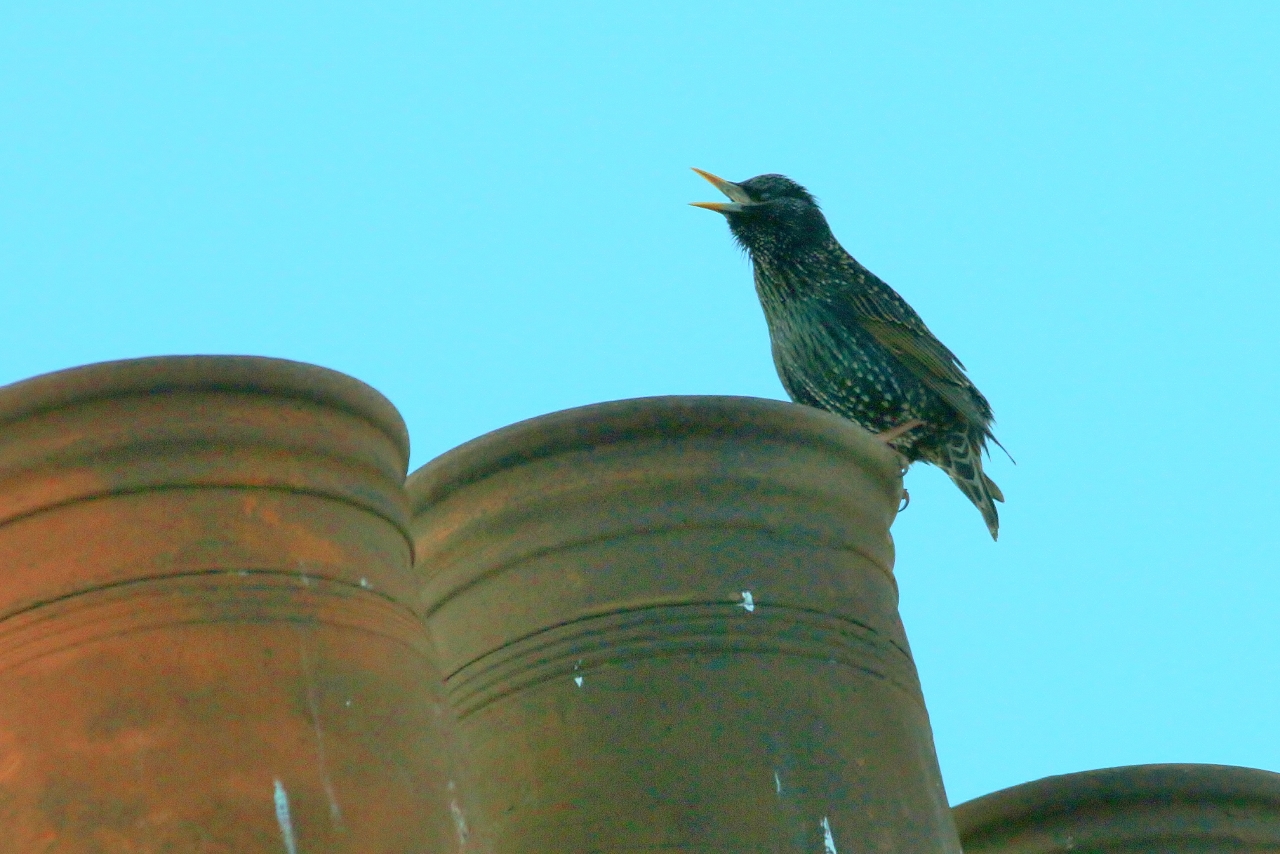






John Lomas
March 29, 2017 at 9:49 pm
Malcolm, you mentioned going to the Staines reservoirs.
I appreciate that most of your locations are open access, but, have you tried the WWT London Wetland Centre at Barnes?
I had a great day there a couple of years ago when I had brought a bus load of students down to London and had to find somewhere out of town to park up while waiting for them to leave Olympia.
http://www.wwt.org.uk/wetland-centres/london/